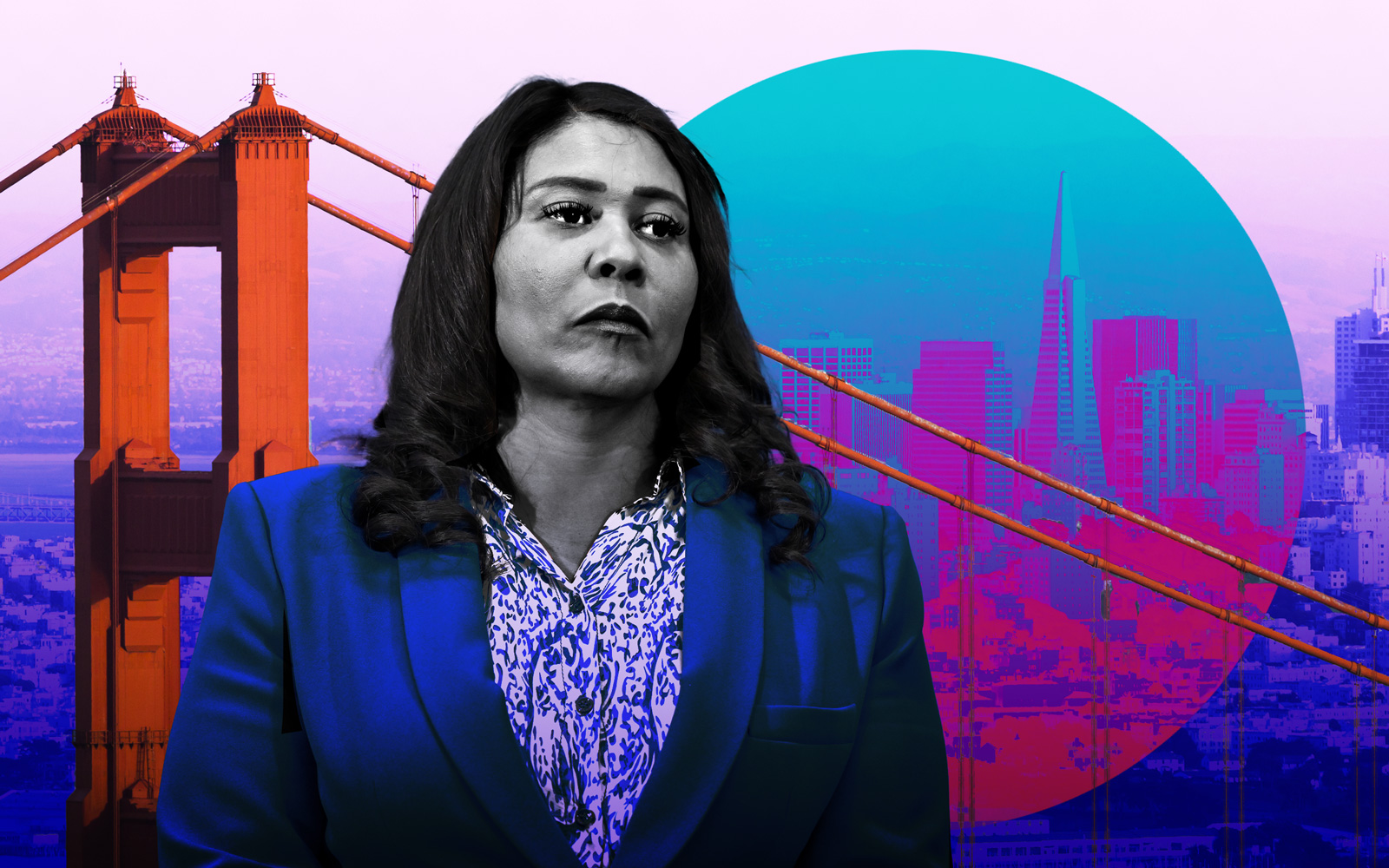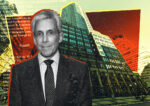 Wells Fargo to take a $60M loss on 13-story office tower in SF
Wells Fargo to take a $60M loss on 13-story office tower in SF
Trending
SF economist calls office worker scarcity “structural and permanent”
City official Ted Egan expects reset with lower prices for buildings and leases

San Francisco’s Chief Economist Ted Egan doesn’t see a future where office workers are “cramming” into a Downtown enclave the way they were before the pandemic.
It’s a future that puts a long-term damper on office values.
“I don’t know when we’ll get back to the pre-pandemic asset values because I do think there’s something structural and permanent about this,” he said at a webinar on remote work’s impact on urban centers hosted by Placer.ai. “I don’t think office workers are ever going to be spending that much time in the office and we’re just going to have to figure out ways, in office centers, to accommodate more people who are there less often. I think that’s kind of the future of office space.”
Egan also spoke about recent notable office transactions in San Francisco, such as 550 California Street, which is reported to be trading at one-third the $108 million Wells Fargo paid for it in 2005 and one-quarter what the bank had been hoping to get when it came to market last June. He also discussed 350 California Street, which sold at 75 percent off its 2020 asking price. He said the drop in values is “really bad, obviously, if that’s your investment” but that it would lead to a flexibility on pricing for new tenants as well as the financial freedom for new owners to invest funds into updating the space.
“You don’t want to minimize the pain that that’s having on investors and what that does for the climate of investing in the city, but from the overall city economy, it’s probably what has to happen,” he said. “That’s how we’re going to refill Downtown, not getting back the people who were working there in 2019 but attracting new tenants at a more attractive price.”
Ripple effects
Egan also discussed how the lack of office workers has impacted Downtown restaurants. Placer.ai, which tracks foot traffic using cell phone data, shows employee visits in the Financial District are down 43 percent since January 2020, though that return has been on a slow and steady rise over the last year. That translates to a one-third drop in visits to Financial District restaurants ranging from salad take-out spot Tender Greens to upscale Peruvian seafood waterfront restaurant La Mar, though those visits are also trending up.
“Our shutdown was really, really bad and our post-shutdown recovery has been really, really slow,” Egan said. “The only kind of optimistic spin I could put on it is that it could be way down and then continuing to fall, and that doesn’t seem to be happening.”
The restaurant sector has done well in the last few months, he added, but “still has a long way to go” because restaurateurs are facing the dual headwinds of both a lack of customers and a labor shortage as many in the service industry left the city during the pandemic.
While much has been made of city residents flight to the suburbs, those departures have meant that people priced out of the city in the past are now more likely to be able to afford its apartments and real estate, Egan said. While a home in the city was about six times the national average before the pandemic, it is now 4.5 times the average, he said.
“Remote work removes what you’re willing to pay to be right next to that office building because you don’t need to be there every day,” he said. “Just like the office adjustment we were talking about, it’s a little bit painful if you went long on San Francisco housing just before the pandemic, but it’s a necessary part of how the city’s economy has to adjust to this new reality.”
Attracting commuters
Webinar moderator Ian Ross, head of Civic at Placer.ai, said that its data also shows the outmigration from the city has slowed recently.
“The tide went out and it looks like the tide is coming back in a little bit,” he said.
Even if some people start coming back on their own or because of new return-to-office mandates from their employers, Egan said the city is going to have to continue to be more proactive than it was before the pandemic when it expected “teeming office workers” pouring out of BART and Muni stations and onto its sidewalks “as a part of nature.”
“We need to attract commuters the same way we’ve thought about attracting visitors,” he said. “And it’s the same thing. ‘What’s there to do?’ ‘Is it safe?’ ‘Is it worth my time?’”
Anything the city does to make its Downtown attractive to office workers will also help bring back tourists or convince people they want to live downtown again, he said, and vice versa.
“Everything you do for Downtown, it’s not sector specific. It really is place specific,” he said.
Read more
 Wells Fargo to take a $60M loss on 13-story office tower in SF
Wells Fargo to take a $60M loss on 13-story office tower in SF
 Where do people go when they leave SF? Not far.
Where do people go when they leave SF? Not far.
 San Francisco takes first step toward fixing downtown: Admitting the problem
San Francisco takes first step toward fixing downtown: Admitting the problem




